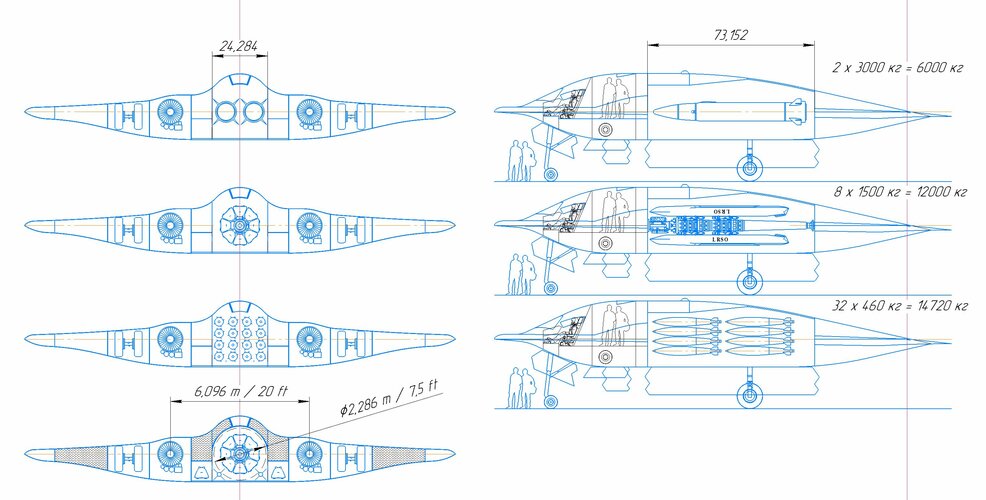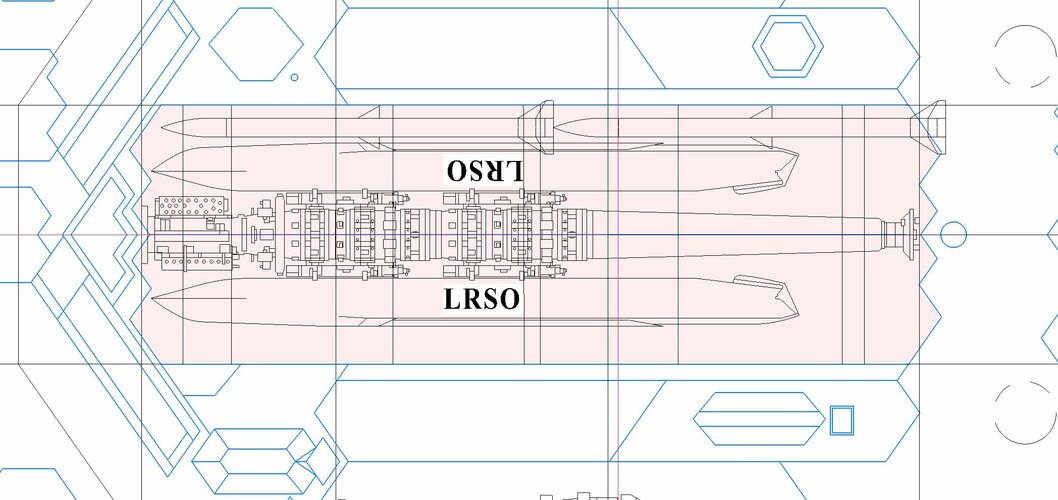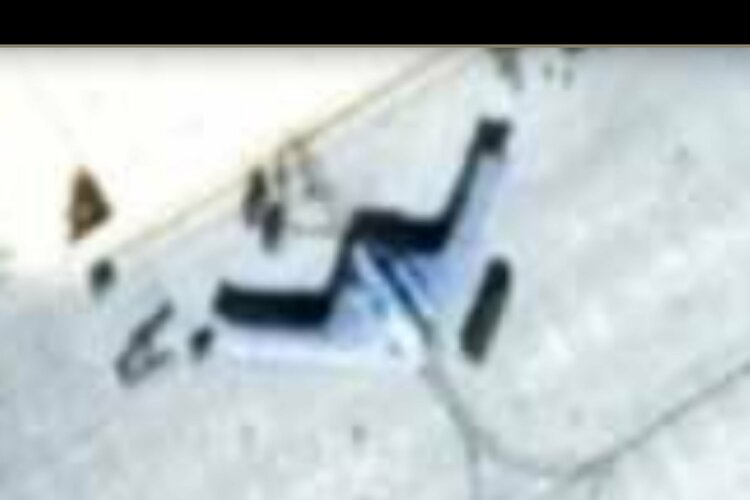But how is that relevant for deterrence? The point of deterrence is to say "even if you use nukes on us, our surviving nuclear force will still be able to destroy you." That fundamentally comes down to hardened ICBM silos, some ABM capacity, and especially a robust SSBN force. I don't see how bombers really add much.
Because you cannot show your alert levels with either silo ICBMs or SSBNs. The silos just sit there like a bump on a log, and the SSBNs just go out to sea and vanish. No easy way to say, "Excuse me, Three Fats, but you need to knock that shit off RIGHT F*ING NOW."
Suddenly order all bombers to Elephant Walk and launch? Oh, yeah, you just sent messages to the entire planet that someone is about to get stomped.
Surge another SSBN. They'll get the message.
Surging SSBNs is not easy to do, and frankly
severely effs a lot of things up. That maintenance you
needed to get done before the next patrol? Just got deferred. Hope it wasn't something critical like the fresh water distillation plants... Also, that boat that just got surged? Hope they weren't waiting on some spare parts to be delivered... (orders go in basically ~3 days after return to port, stuff gets delivered as it happens)
It's operationally a
lot easier to extend a boat that is already out than it is to surge one. Hard on crew morale, though, especially if you're being extended because the (expletives deleted) Pennsyltucky is broke.
Again. Still. As usual. No, I only had that happen about 3 times on 3 consecutive patrols, why do you ask? The boats that got sent around to the Pacific had so much maintenance deferred it took years and years,
till after I left the Navy, before they got caught up to West Coast deployable standards.






